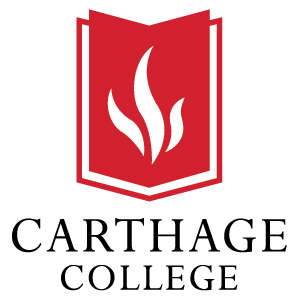Below is a summary of the abstract you submitted. Presenting author(s) is shown in bold.
If any changes need to be made, you can modify the abstract or change the authors.
You can also download a .docx version of this abstract.
If there are any problems, please email Dan at dar78@pitt.edu and he'll take care of them!
This abstract was last modified on March 15, 2023 at 3:03 p.m..

Two cluster EA1 phages, Blage and Janus167, were discovered at Carthage College in Fall 2022 and sent for sequencing. Based upon genomic data, these phages are classified as lytic as they lack the integrase gene; however, both of these phages produce distinctly hazy plaques when infecting Microbacterium foliorum and appear to be temperate phages based upon plaque morphology. Annotation of both of these phages’ genomes and examination of these genomes for putative repressor proteins and other proteins that may be linked to their plaque morphology is being completed. Blage and Janus167 differ by 4 genes based on phamerator analysis, and differences in individual basepairs is being determined. In terms of plaque morphology differences, Janus167 has much more hazy plaques than Blage suggesting that lysogens of Blage may be less stable. Lysogens for each phage have been successfully isolated and are being tested using immunity assays. In addition, the stability of Blage and Janus167 lysogens is being compared when these phages are grown at different temperatures. Our future goals are to further characterize these phages and elucidate how our EA1 phages can produce lysogens yet lack genes typically found in temperate phages.



